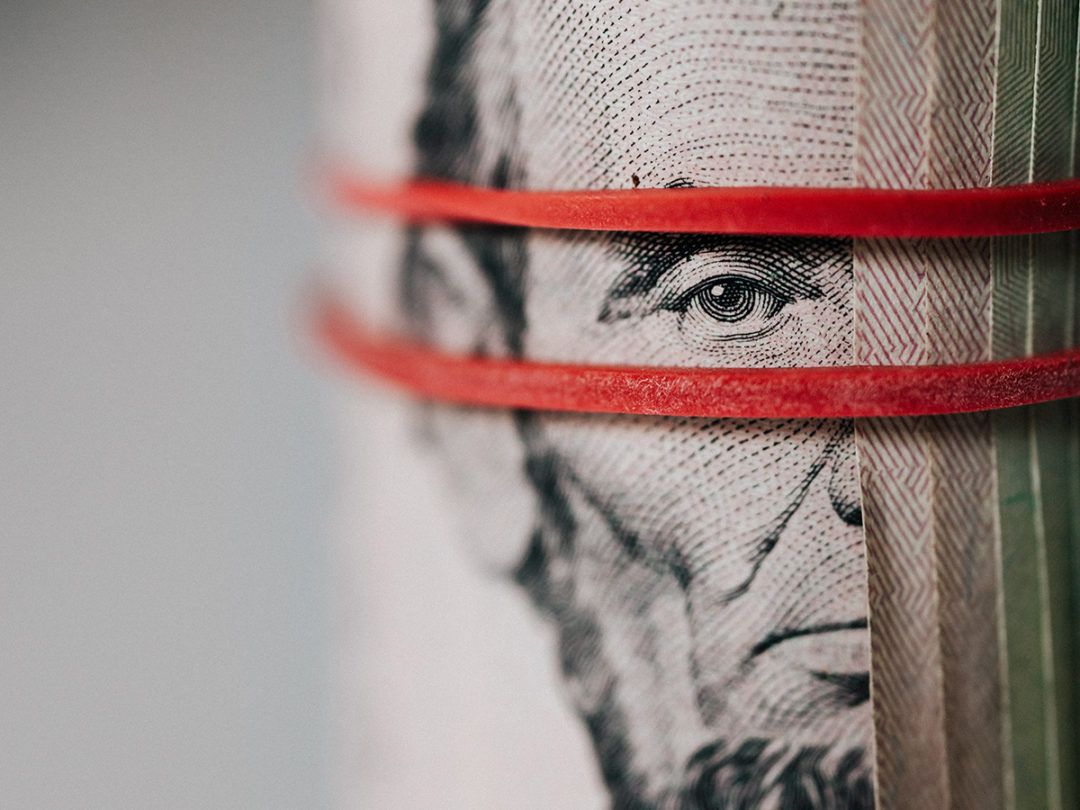
As I was reading the story “Goldilocks and the Three Bears” to my youngest son, I had a revelation about … pricing. Ignoring the unlawful entry and destroying private property actions of Goldilocks, what’s most telling were her discoveries of the “just right” chair, porridge, and bed. It was the framing of the question of too hot or too cold that led Goldilocks to discover her “just right” porridge.
A price that is “just right” satisfies both the customer and the company’s requirement for a suitable return. Today, in a chaotic business and COVID-19 landscape, pricing products or services is one of the greatest sources of frustration to businesses and consumers alike. Companies work to drive a price up to find and to secure the best return (and profit). Customers want to keep a price “low” to drive a higher satisfaction and maintain available resources. The eternal challenge of pricing is to get both sides to agree, so they create and continue a long-term business relationship.
Understanding what is a price. At its most basic level, a price is an agreement of value between businesses and customers. For customers, the product delivers the required satisfaction, and the price paid is an acceptable tradeoff to realize the product’s value. For businesses, the price received from the customer for the provided product meets the return the company expects for the resources expended. Both customer and company must agree for a price to be successful. It’s critically important that the price agreement between be dynamic, in response to actions by competitors, changing customer needs, and evolving business-return requirements. Finally, a product’s listed price that no one is willing to pay isn’t a price; it’s a stark misunderstanding of the customer-business value exchange.
The customer’s perception of a product’s need satisfaction is essential. “But my product is worth more!” should be tattooed across most marketers’ foreheads. In customer meetings, businesses discuss costs, foreign exchange rates, and transportation costs that mean nothing to customers. A customer’s willingness to pay a specific price is driven by its belief that the product will satisfy the purpose for which it was bought. Businesses need a deeper understanding of a customer’s needs, and be able to communicate their ability to solve them. That’s when Goldilocks prices work.
A business must weigh its desired returns against customer perceptions of the competition. Businesses exist to deliver products to customers, and profit to their owners. They need to discover how the customer fits perception of competitors into their overall value perception of a business’ products. If a business offers a high-quality product at a reasonable price without significant competition in the minds of their customers, then the path to Goldilocks pricing is easier. A business’s desired returns must incorporate how customers perceive the value of competitors when comparing equal offerings. Goldilocks prices work when the customer believes the value it’s receiving is greater than the competitors’ offerings.
A low price makes your product a commodity. Low prices work for customers nearly 100% of the time. The problem is that they create a customer perception that your sole value lies in your low prices. Consistently low prices create a low return for companies, and the customer perception that you are a commodity. Changing customer perception in a low-price environment is exceedingly difficult because the low prices dominate the customer’s perceptions and decision making. Goldilocks prices work when a business understands and improves customer perceptions of a business’s value, allowing reasonable prices to take hold.
A high price makes your product appear a luxury or, worse, a ripoff. High prices for businesses are great, except when they aren’t. Customers perceive a high price two ways: as a luxury good or ripoff. Luxury goods are rare, deliver extremely high quality, possess long term brand consistency, and are publicly perceived as extraordinary items. A high price that doesn’t deliver the attributes of a luxury good represents a glaring value inconsistency to customers. The business and personal resource constraints of COVID-19 are placing a magnifying glass on unreasonable prices that don’t deliver. Goldilocks prices work when a business understands their precise quality and value delivered to customers. Unreasonable prices with inconsistent customer value delivery are a full bowl of cold porridge.
Goldilocks prices are firmly between low and high prices, and deliver solid value. A Goldilocks price satisfies both customers and businesses. In order to work, it requires both customers and businesses to understand that prices too low or too high create a stark value imbalance between parties looking to satisfy their basic needs in a business transaction. The use of Goldilocks prices in the time of COVID-19 represents needed stability, consistency, and value recognition during a period of ongoing instability.
Goldilocks’ pricing won’t work for every business, but it will for most. When a business decides to price to the customer’s perceptions of value, considering similar offerings and competitors, it takes a huge step forward in understanding and acknowledging the voice of the customer. Businesses need to listen, understand, and decisively act to improve the customer’s of their products against the competition. In a COVID-19 business environment, Goldilocks pricing delivers the stability, consistency, and value to customers and businesses that the world needs.
Chad Storlie is a retired U.S. Army Special Forces officer, author, and adjunct professor of marketing at the University of Minnesota, Carlson School of Management.







